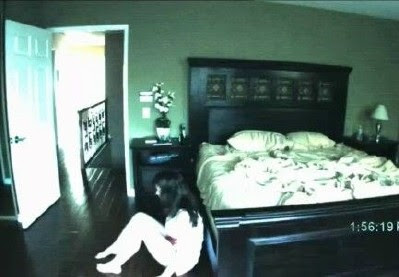
Great ideas sometimes come from a good sleep – a dream, or even the period between wakefulness and sleep.
It's Halloween, and a good time to note the mysterious way that we're sometimes inspired during dreams and semi-sleep. In fact you can credit dreams for two of our best-known Halloween images – Frankenstein and Dracula.
Mary Shelley wrote about how a dream helped inspire her vision for Frankenstein:
“When I placed my head on my pillow, I did not sleep, nor could I be said to think. My imagination, unbidden, possessed and guided me, gifting the successive images that arose in my mind with a vividness far beyond the usual bounds of reverie. I saw -- with shut eyes, but acute mental vision, -- I saw the pale student of unhallowed arts kneeling beside the thing he had put together.”
Bram Stoker’s Dracula arose from a similar well of creative power, according to his biographer, Harry Ludlam, who said the inspiration came from a dream in which Stoker saw:
"’a vampire king rising from the tomb to go about his ghastly business.’" This dream was reportedly brought on "from a too-generous helping of dressed crab at supper." It was the dream that led Stoker to research extensively Balkan vampire legends, basing Dracula upon Vlad Tepes the Impaler, a fifteenth-century Transylvanian ruler also known as "Dracula," or, "Son of the Devil."
Creative opportunities also come during hypnagogia, the dreamlike state experienced as a person is falling asleep or waking up.
Andreas Mavromatis wrote “Hypnagogia: the unique state of consciousness between wakefulness and sleep.” She reports that Thomas Edison, when reaching a sticking point in his research, would take a cat-nap to tap his creative power. He would hold steel balls in his hand, and when he fell asleep the balls would fall into a pan. It's said he would often wake up with an idea to continue his project.
More of us could tap the power of dreams and semi-wakefulness if we remembered two points:
First, dreams are perishable. As lucid as an idea may seem at the time, it’s not remembered later on. So a dream diary or a creative journal kept on the nightstand can help preserve those ideas. It’s good to use a felt-tip pen for ease of writing, and the light from a clock-radio nearby so that the result can be read in the morning.
Second, any idea is only the starting point. Hours of writing and polishing lay ahead to turn it into something useful.
Edison knew this. As he famously said, genius is only 1 percent inspiration – and 99 percent perspiration.
What's the source of your inspiration? How do you get ideas? And once you have them, how do you make sure to develop the good ones?
- By John Strauss, jcstrauss@bsu.edu



